Photos by Gary Smart
How to Form a Horse Head
Anything you forge out of a horseshoe can have the added flair of a horse head forged into the heel.
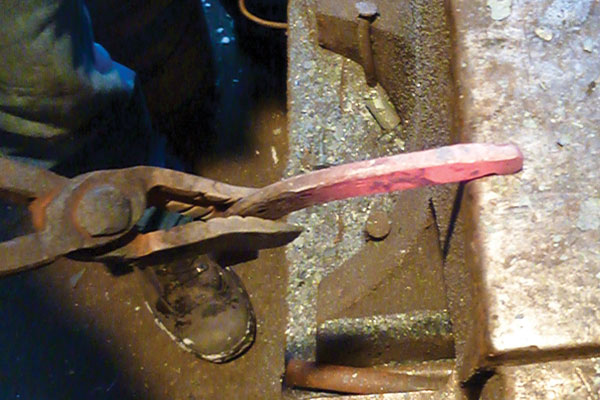
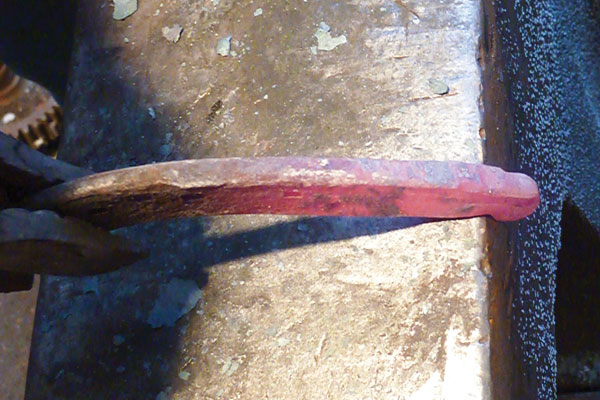
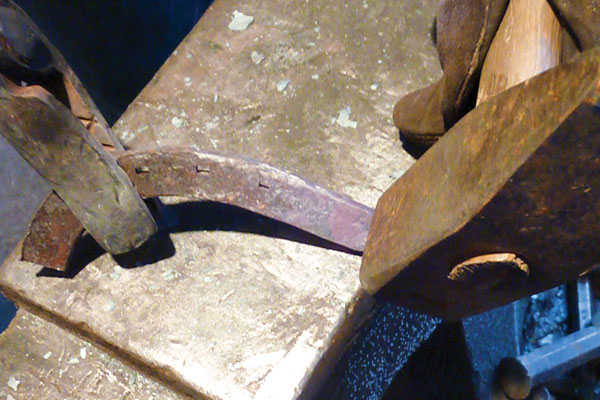
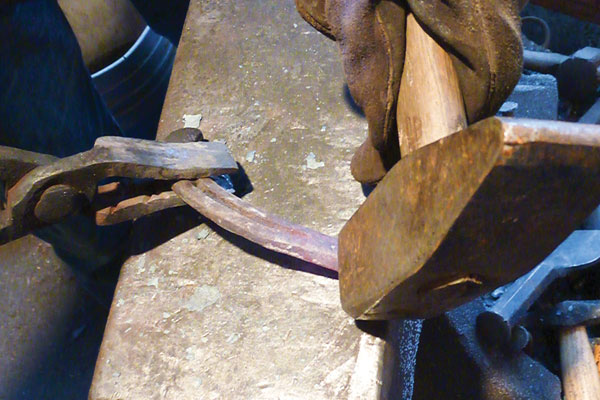
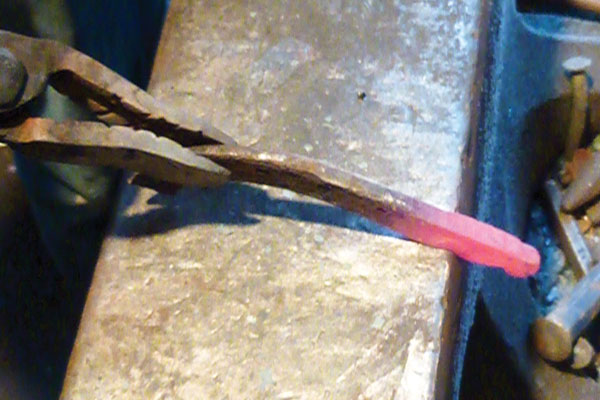


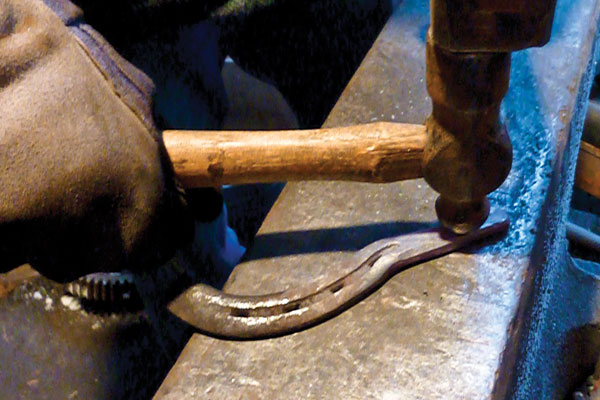

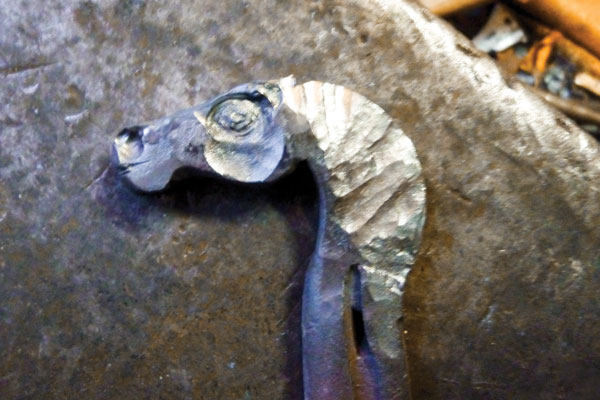
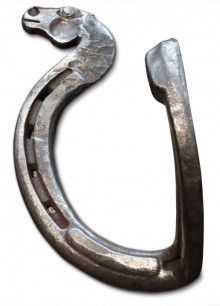

Photos by Gary Smart
Anything you forge out of a horseshoe can have the added flair of a horse head forged into the heel.










